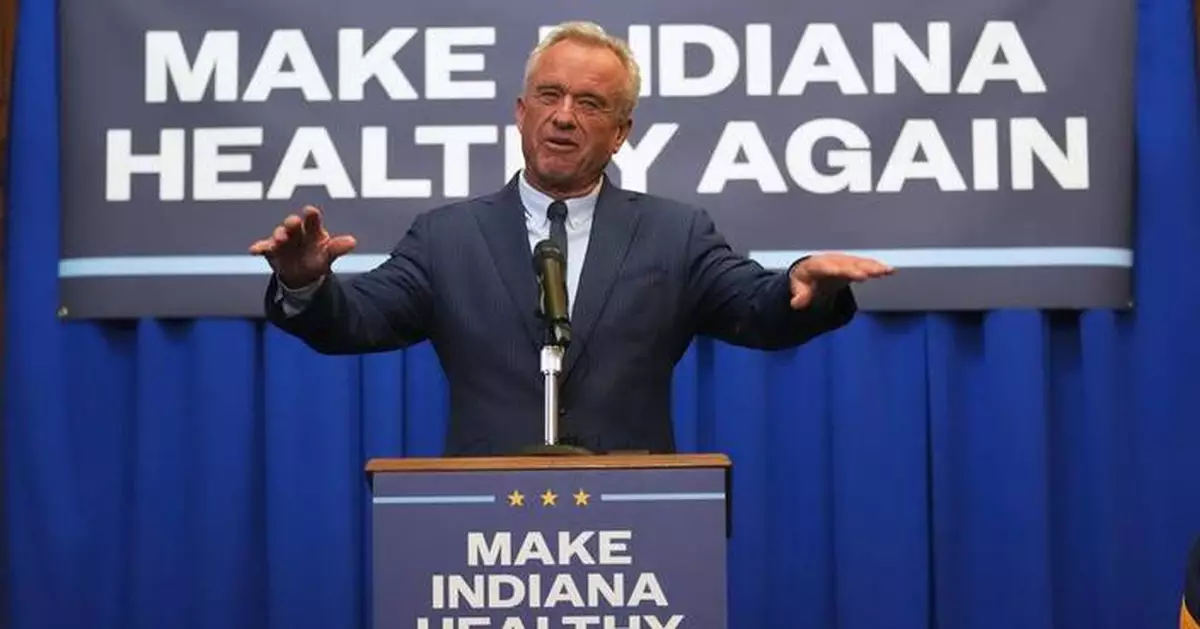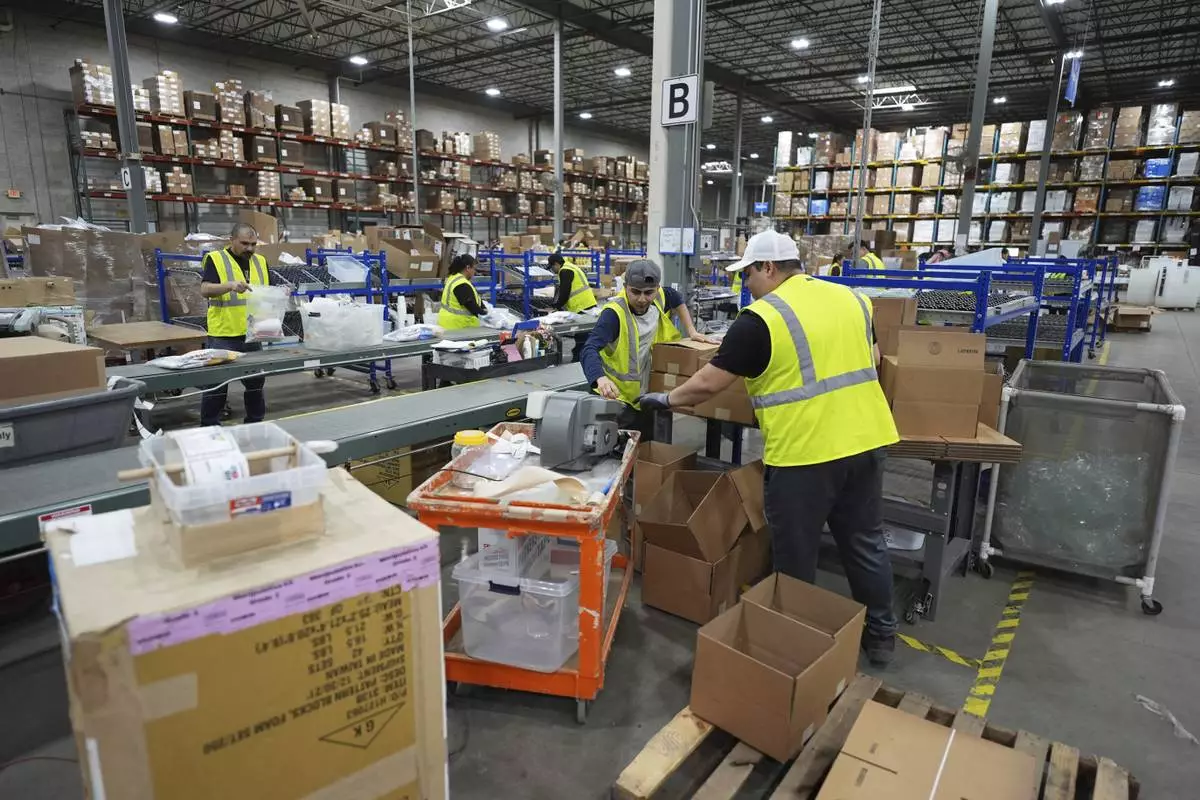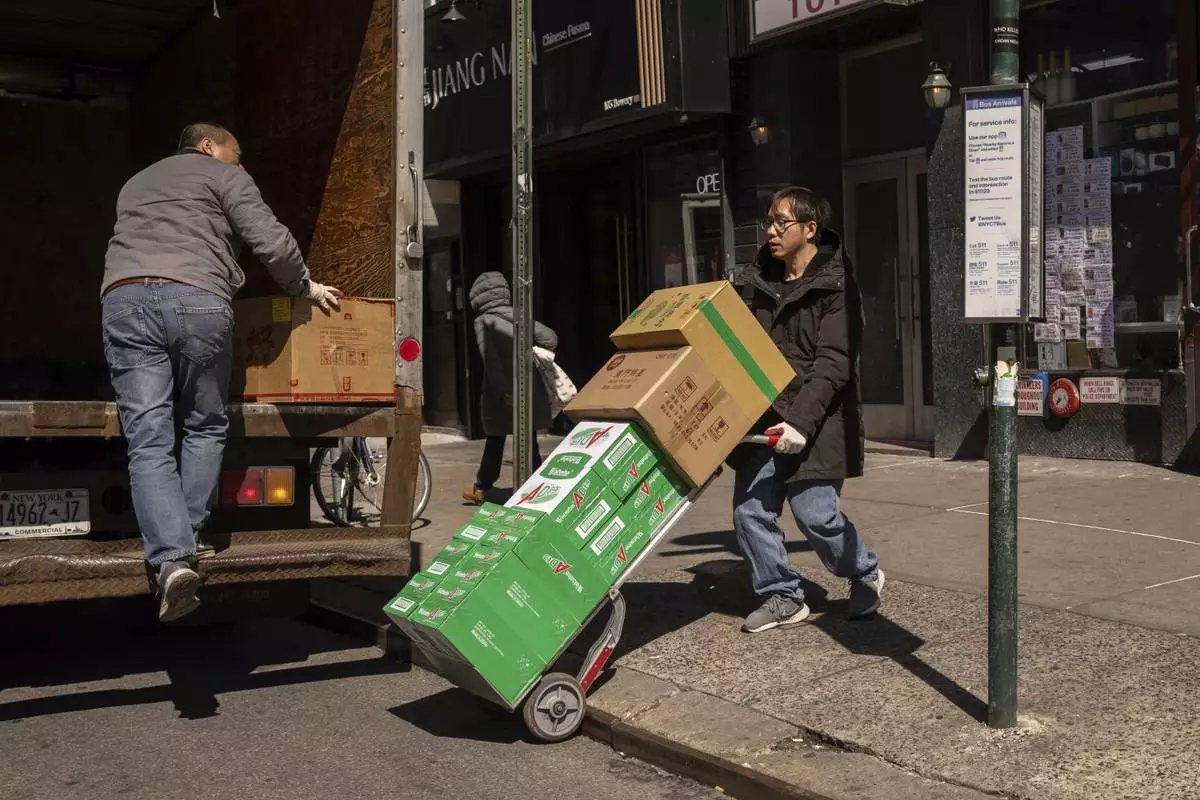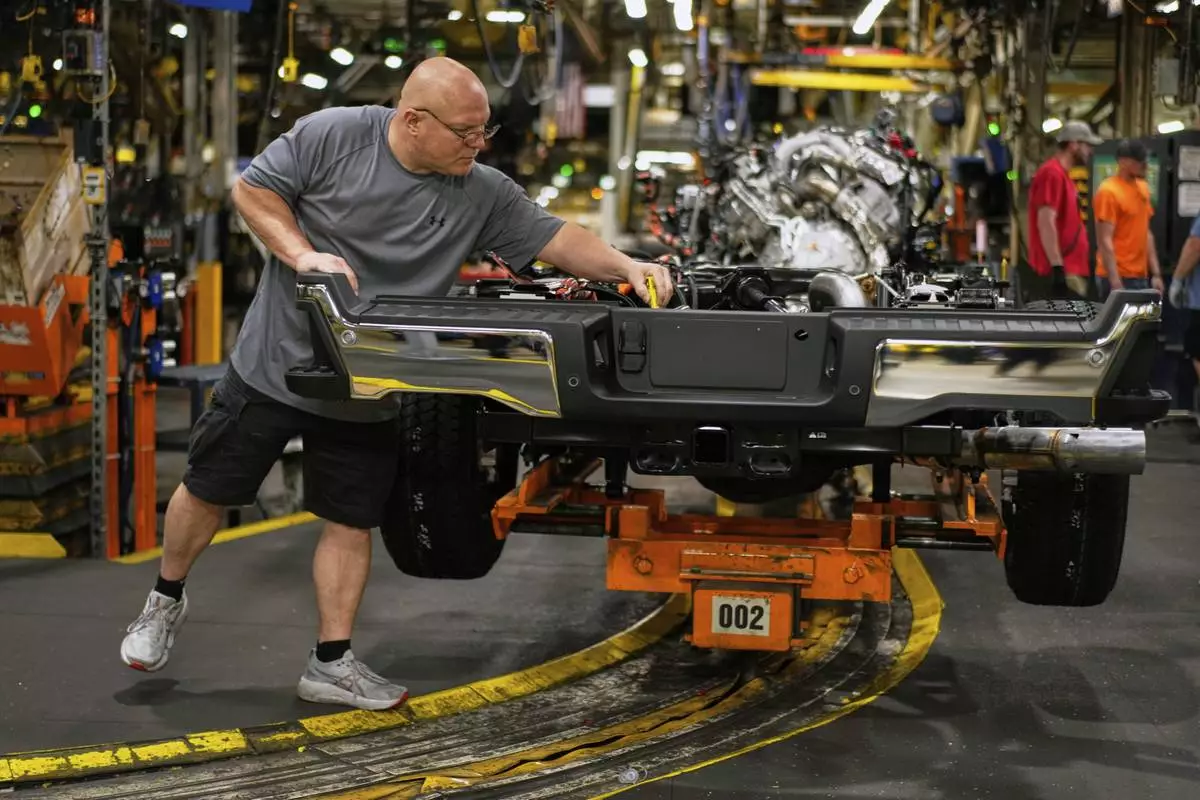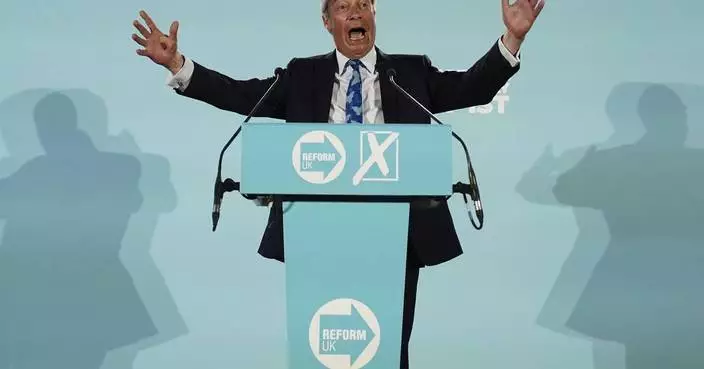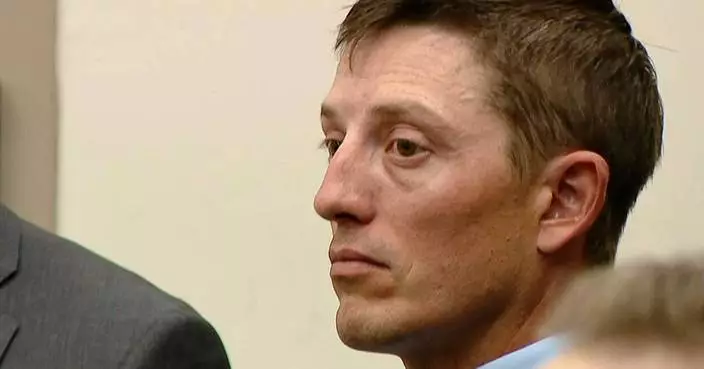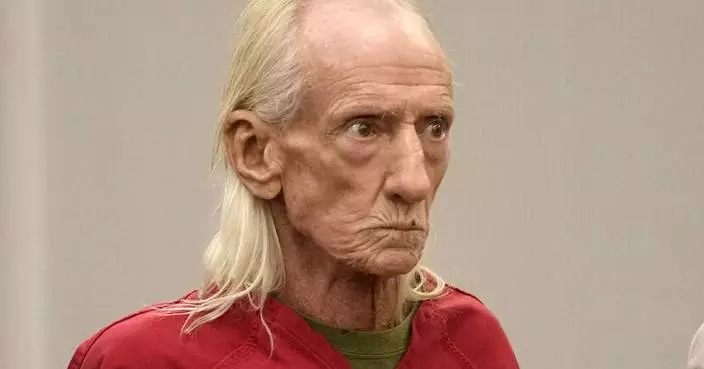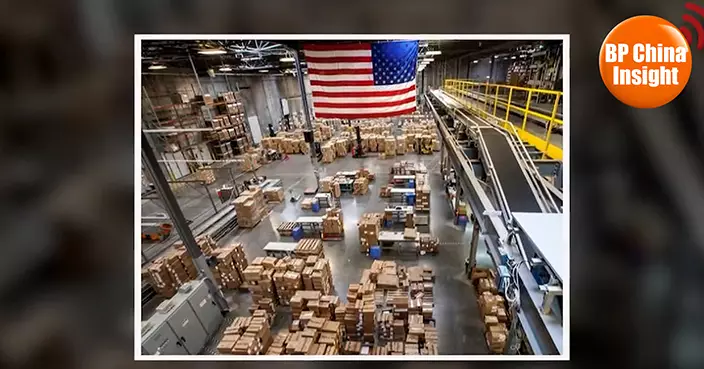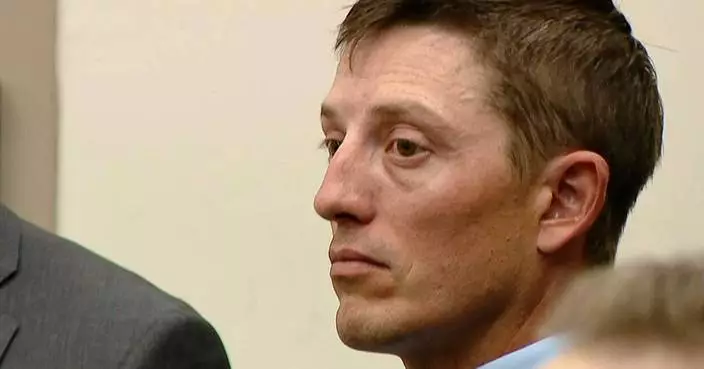WASHINGTON (AP) — As measles outbreaks popped up across the U.S. this winter, pediatricians waited for the nation's public health agency to send a routine, but important, letter that outlines how they could help stop the spread of the illness.
It wasn't until last week — after the number of cases grew to more than 700, and a second young child in Texas had died from a measles infection — that the Centers for Disease Control and Prevention finally issued its correspondence.
The delay of that letter may seem minor. But it is one in a string of missteps that more than a dozen doctors, nurses and public health officials interviewed by The Associated Press identified in the Trump administration's response to the outbreak.
Health secretary Robert F. Kennedy Jr.'s efforts to contain an epidemic in a tight-knit, religious community in West Texas have run counter to established public health strategies deployed to end past epidemics.
“What we are lacking now is one, clear strong voice — from the federal to the state to the local — saying that the vaccine is the only thing that will prevent measles," said Patricia Stinchfield, a nurse practitioner and infectious disease expert who helped stop a 2017 measles outbreak in Minnesota's Somali community.
Behind the scenes, Kennedy has not been regularly briefed in person on the outbreak by his own infectious disease experts at the CDC at least through March 21, according to Kevin Griffis, a career staffer who worked as the agency's communications director until he resigned that day.
Even after the measles claimed its first young Texas victim in late February, Kennedy had still not been briefed by CDC staff, Griffis said. His account was confirmed by a second former federal health official, who resigned at the end of February.
A spokesperson for Kennedy did not answer specific written questions about how he had been briefed or his communications with CDC staff.
The spokesperson said the CDC activated an Atlanta-based response in early February to provide overall guidance on measles testing and vaccination strategy. An on-the-ground team was deployed to West Texas throughout most of March and withdrawn on April 1.
It was a “joint decision” between state and federal officials to send the team home, CDC spokesman Jason McDonald said. Another team of seven was dispatched back to the region this week.
In previous administrations, health secretaries held weekly briefings with CDC staff, lasting between 25 and 30 minutes, during infectious disease outbreaks, both former HHS officials said. Kennedy, instead, received updates on paper or through email, Griffis said.
“That is extremely unusual,” said Griffis, who sat in on such briefings with the previous health secretary and said that none were held for Kennedy during his first month on the job. “I’ve never seen that before.”
In another irregularity, the American Academy of Pediatrics, the nation's largest network of pediatricians, has not been tapped to work with the CDC on the outbreak, according to the organization's officials. Historically, the CDC and AAP have convened for monthly or biweekly briefings during outbreaks to share updates, which include details about what doctors are seeing and questions they're fielding from parents in exam rooms. The officials spoke on the condition of anonymity to freely discuss the health department's response.
The only updates provided widely to pediatricians by the CDC have come from a health alert network update sent on March 7, a week after the first U.S. measles death in a decade, and the letter sent to providers last week, which, according to the pediatric academy officials, was late in the outbreak.
Kennedy praised the CDC on Tuesday during an event in Indianapolis, saying it “had done a very good job controlling the measles outbreak.”
Kennedy's inconsistent and unclear message on the measles vaccines has also made the outbreaks difficult to contain, experts say.
He has occasionally endorsed the measles, mumps and rubella vaccine as “effective,” but also continues to raise safety concerns about the shots in other statements. In a CBS interview last week, he claimed the vaccines were “not safety tested.”
That approach has been the biggest flaw of the government's response, said Dr. Carlos del Rio, past president of the Infectious Diseases Society of America.
“Imagine if the captain of the Titanic had told you that you need to be careful about lifeboats and think about other opportunities,” del Rio said.
Trials were conducted on thousands of children before the vaccine was approved for use in the 1960s. The federal government has since used medical records to continue to monitor for side effects from use in millions of people since.
Health secretaries have typically delivered a clear message urging the public to get vaccinated during outbreaks, said Dr. Anne Schuchat, a former deputy director at the CDC who retired after 33 years at the agency in 2021.
President Donald Trump and his first-term health secretary, Alex Azar, urged people to get shots during news conferences in 2019, when measles ripped through Brooklyn and infected more than 1,200 nationwide.
“You don’t necessarily need the secretary of health to attend a funeral, OK, but you don’t want to have mixed messages on vaccines,” Schuchat said. “Someone in a federal building in Washington can do a lot of harm from the way that they are messaging.”
Local leaders have largely been left alone to urge the public to take up vaccinations.
Texas Gov. Greg Abbott, a Republican, has not urged the public to get vaccinated, either. He has not held any news conferences about the outbreak and posted just once on social media about measles since January. Any statements about the illnesses, which have also put 56 people in the hospital at some point, have been left to his aides.
Abbott's office did not respond to questions about his response to the outbreak.
Governors in other states have responded more forcefully to the growing measles case count. Hawaii Gov. Josh Green, a Democrat and a doctor, made front page news last week after urging Hawaiians to take up vaccines when the state recorded its first measles case in a year.
Ahead of a busy travel week for the Easter holiday, Nebraska Gov. Jim Pillen, a Republican, unequivocally called on people to vaccinate themselves and their children. There are no known measles cases in Nebraska, but an outbreak is active in neighboring Kansas.
“If you’re not vaccinated, you’re going to get measles,” Pillen said last week.
Those types of statements are important for the public to hear leaders say from the top down, said Dr. Oxiris Barbot, who was New York City's health commissioner during the 2019 measles outbreak.
Barbot worked with local rabbis, as well as doctors and nurses in the Jewish community, to send messages that encouraged vaccine uptake. Calls from Trump and Azar, who urged the public to vaccinate, helped her make the case, too.
When national leaders distance themselves from that message, she said it “starts to erode the effectiveness of people who are trying to convey those messages at the local level.”
This story has been corrected to show the name of the organization is the Infectious Diseases Society of America, not the Infectious Disease Society of America, and Dr. Carlos del Rio is its past president, not its president.
Associated Press writers Paul Weber in Austin, Texas, Devi Shastri in Milwaukee and Margery Beck in Omaha contributed to this report.
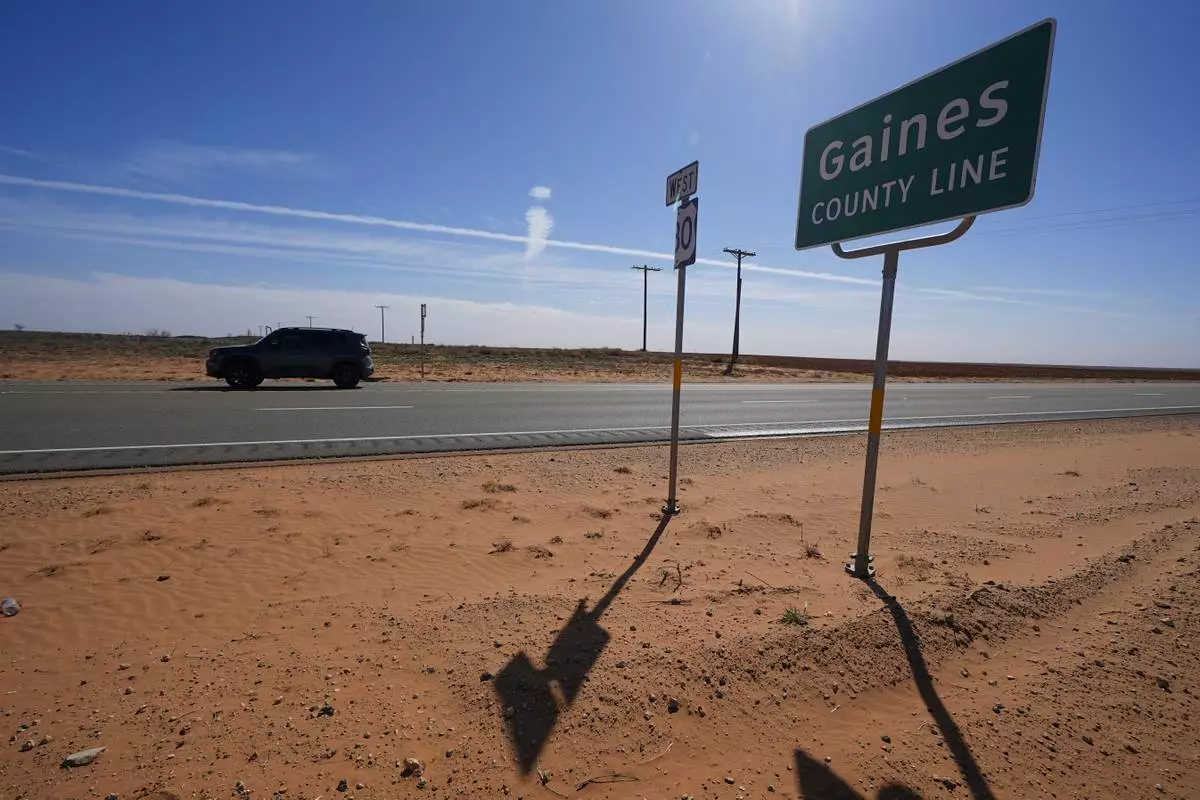
FILE - The Gaines County line is seen along Route 180 Wednesday, Feb. 26, 2025, in Lamesa, Texas. (AP Photo/Julio Cortez, File)
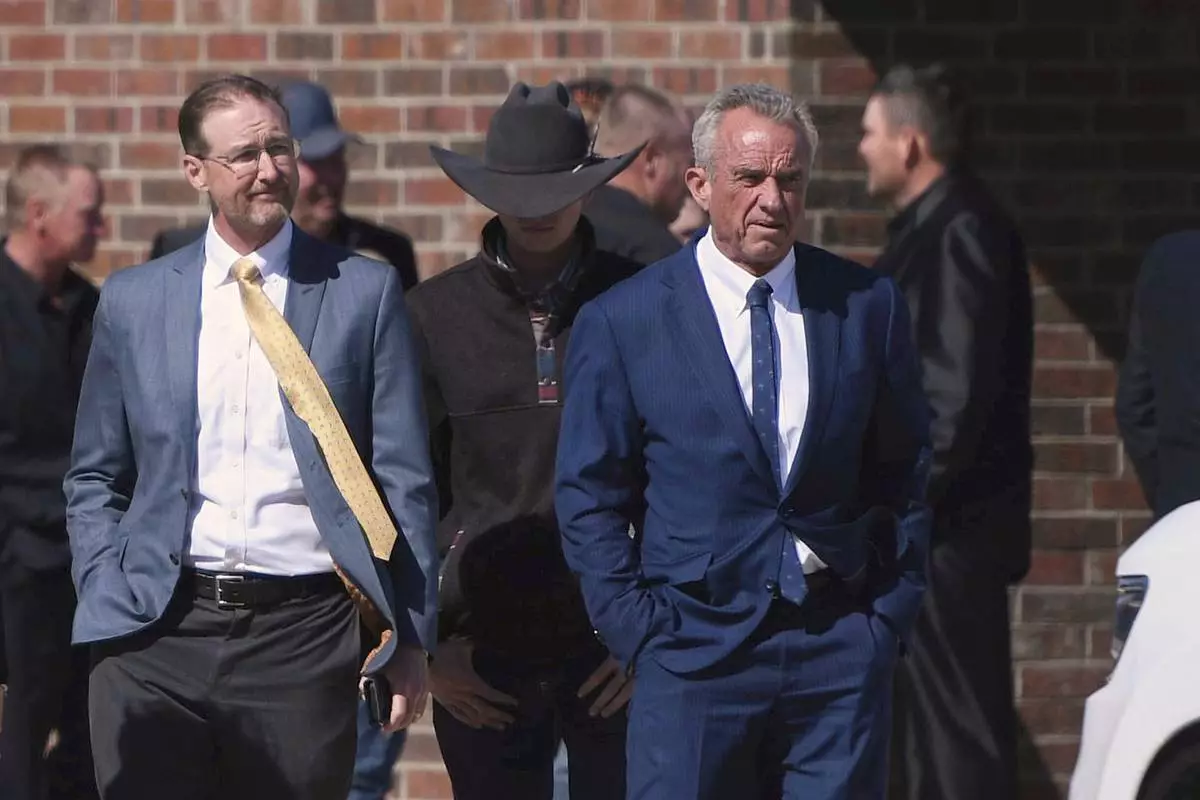
FILE - Health and Human Services Secretary Robert F. Kennedy Jr., right, arrives at Reinlander Mennonite Church in Seminole, Texas, on Sunday, April 6, 2025, after a second measles-related death in the state. (AP Photo/Annie Rice, File)
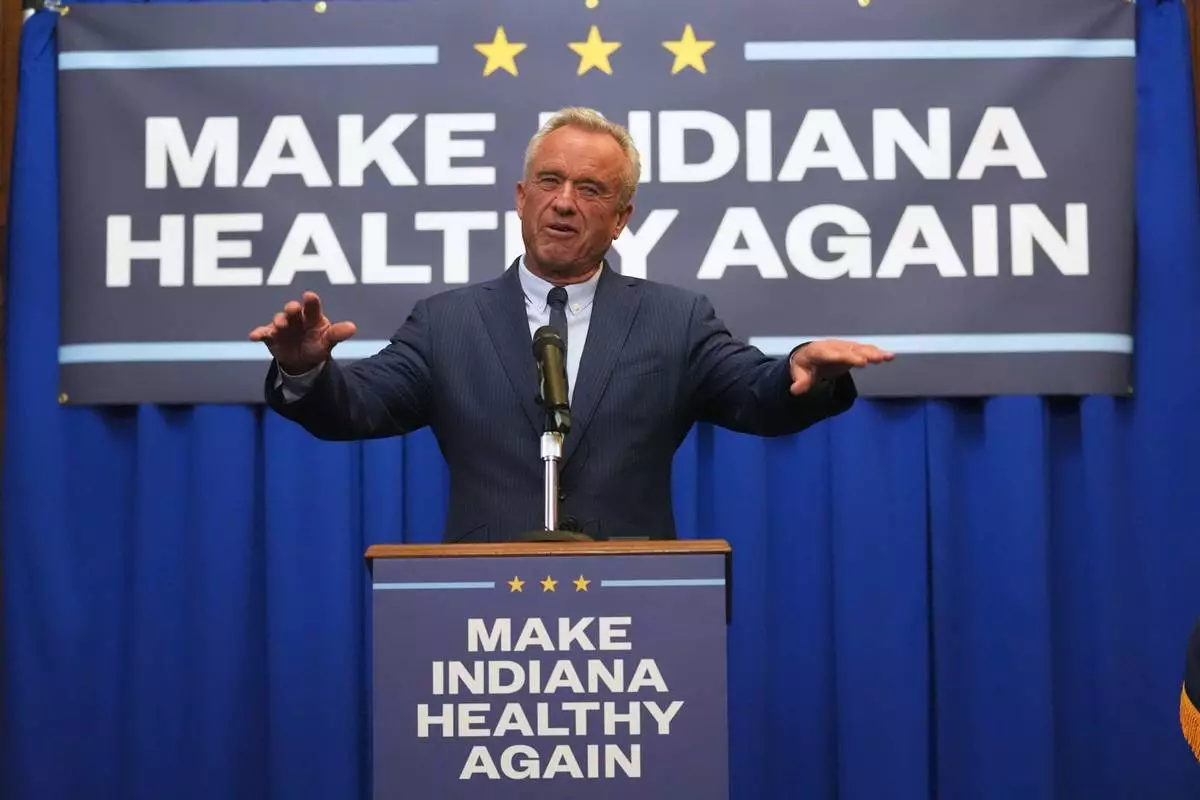
U.S. Health and Human Services Secretary Robert F. Kennedy, Jr speaks during a Make Indiana Healthy Again initiative event in Indianapolis, Tuesday, April 15, 2025. (AP Photo/Michael Conroy)


